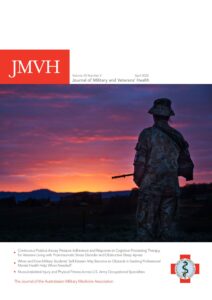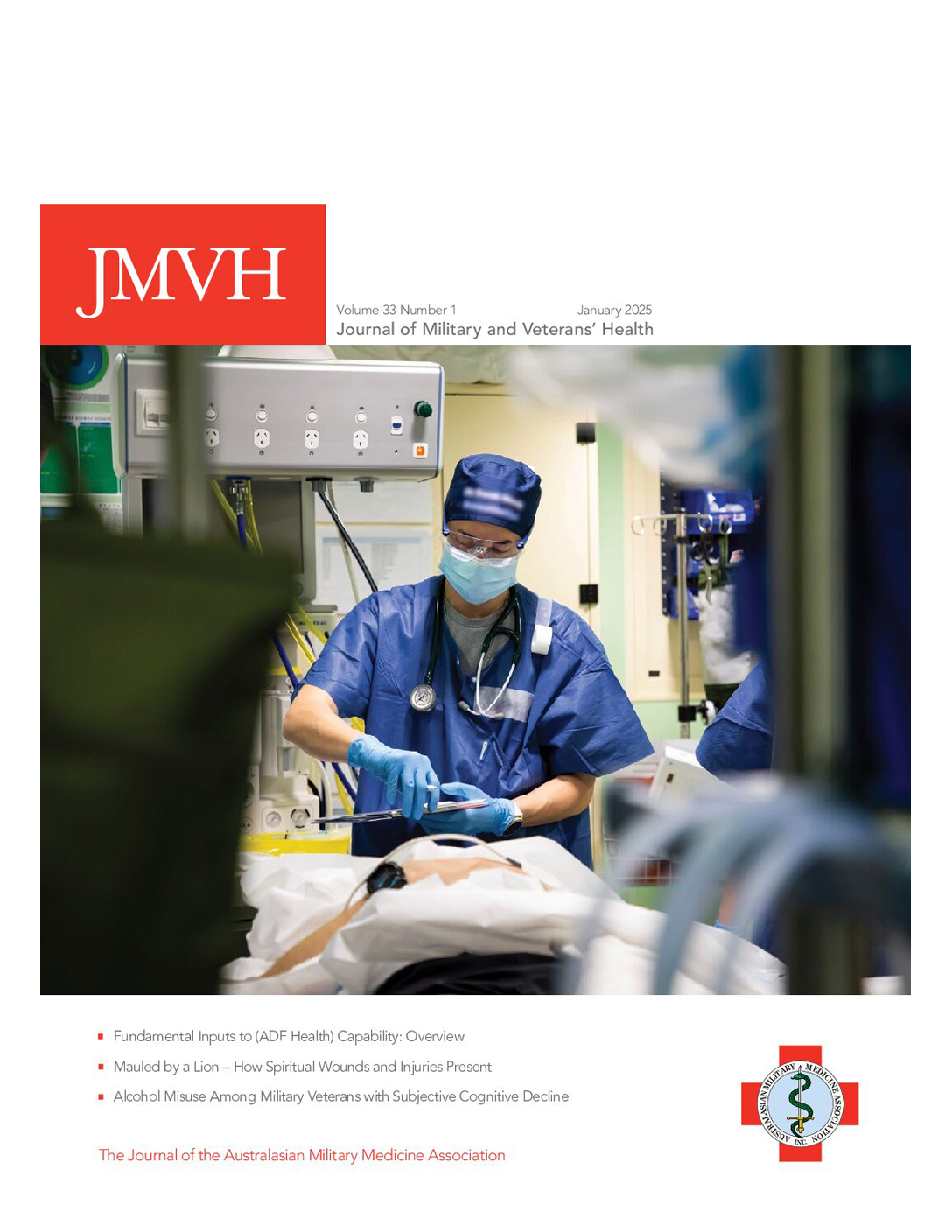Continuous Positive Airway Pressure Adherence and Response to Cognitive Processing Therapy for Veterans Living with Post-traumatic Stress Disorder and Obstructive Sleep Apnea
Introduction Post-traumatic stress disorder (PTSD) is a debilitating disorder that affects up to 30% of United States veterans in their lifetime.1-4 Cognitive processing therapy (CPT) is a recommended first-line treatment for veterans with PTSD,5 utilising evidence-based psychotherapy techniques to reduce negative thoughts about oneself and the world, and challenge unhelpful beliefs.6 CPT is widely utilised… Read more »




 Download the whole edition here.
Download the whole edition here.


